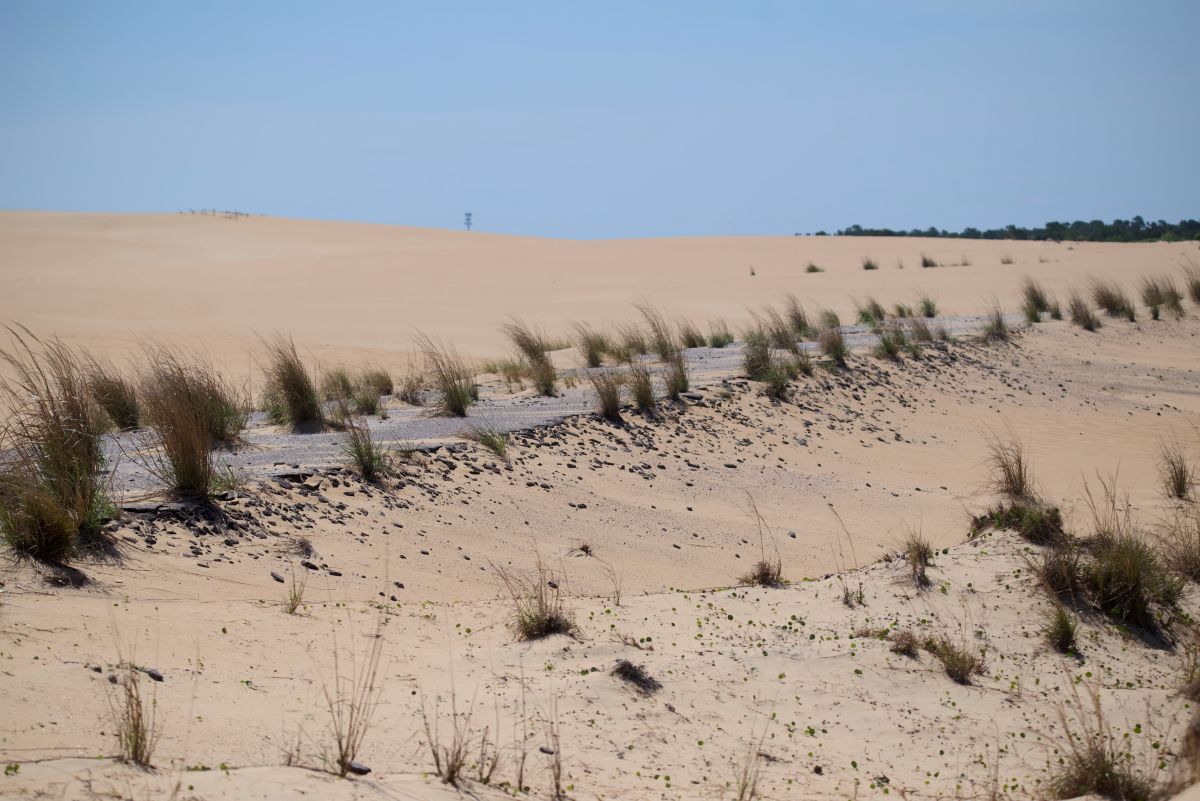
Representatives from the state Department of Environmental Quality, Multistate Environmental Response Trust and Environmental Protection Agency will be in Navassa June 13 and June 14 to discuss plans with the community for the Kerr-McGee Chemical Corp. – Navassa Superfund site.
Two meetings are set for Monday to discuss plans for the site and land donation for the proposed Moze Heritage Center and Nature Park. The in-person information session is scheduled for 4-5 p.m. Monday at the Navassa Community Center, 338 Main St., followed at 6 p.m. by the community meeting being offered in person, virtually and by phone. To listen by phone, call 1-301-715-8592. Use meeting ID 946 584 8922# and passcode 664564# or join via Zoom.
Supporter Spotlight
The Environmental Protection Agency will hold a separate meeting about its proposed plan for Operable Unit 2, which is the nearly 16-acre-area where treated and untreated wood was stored during historic operations, at 6 p.m. Tuesday in the Navassa Community Center. To listen by phone, call 1-301-715-8592, use meeting ID 946 584 8922# and passcode 664564#, or watch via Zoom.
The proposed plan on EPA’s website as well as the fact sheet provide further details about the proposed soil removal and public comment options.
From 1936 to 1974, Kerr-McGee and other companies used 70 acres of what is known as the 246-acre former Kerr-McGee property by the Brunswick River and Sturgeon Creek for creosote-based wood treating. The soil, sediment and groundwater are contaminated by creosote-related chemicals. The EPA added the property to the National Priorities List of federal Superfund sites. In 2005, the site was conveyed to Tronox, a Kerr-McGee spinoff that filed for bankruptcy protection in 2009.
In 2011, the Multistate Environmental Response Trust acquired and purchased around 154 acres of the former Kerr-McGee Property as a court-appointed trustee as part of the Tronox bankruptcy settlement. The Multistate Trust is a court-appointed environmental response trust created to own, investigate, clean up, and facilitate reuse of the site.
In 2021, the EPA deleted the 20-acre Operable Unit 1 from the National Priorities List, allowing for its reuse.







